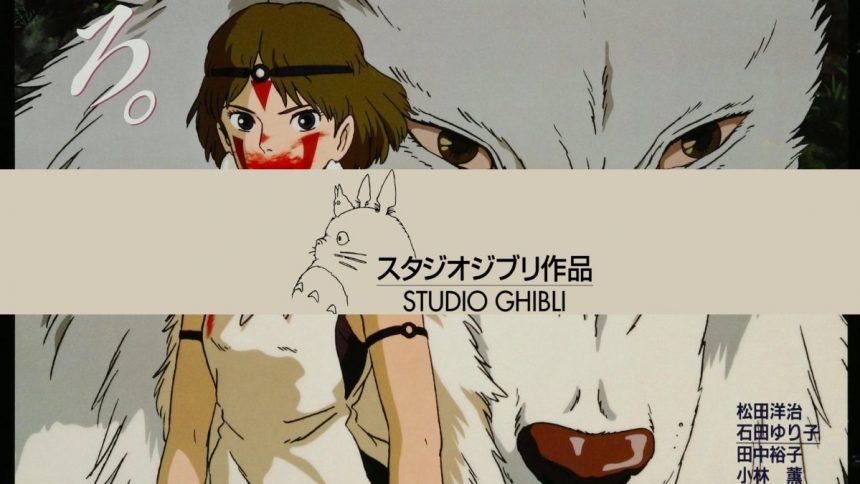Enter a world where nature and humanity collide, where the fate of the environment hangs in the balance. This is the realm of “Princess Mononoke,” a groundbreaking animated film by Studio Ghibli that not only captivated audiences but also sparked a profound awakening of environmental consciousness. In this article, we will explore the impact of “Princess Mononoke” and delve into its themes and questions that have reverberated through the hearts and minds of viewers worldwide.
An Overview of “Princess Mononoke”
Released in 1997, “Princess Mononoke” is an epic tale set in medieval Japan, where the clash between industrialization and the natural world takes center stage. Directed by Hayao Miyazaki, the film portrays the struggle between the forces of industry and the guardians of the forest, exploring themes of environmental destruction, the delicate balance of ecosystems, and the consequences of human greed.
Portrayal of the Natural World of Princess Mononoke
Harmony and Disruption:
“Princess Mononoke” beautifully depicts the intricate relationship between humans and nature. The film showcases the harmonious coexistence between the forest spirits and the inhabitants of the forest, highlighting the interconnectedness of all living beings. However, it also portrays the devastating consequences when this delicate balance is disrupted by the relentless pursuit of progress and industrialization.
Environmental Destruction:
One of the film’s central themes is the destructive impact of human actions on the environment. Through vivid imagery and powerful storytelling, this anime film reveals the consequences of deforestation, pollution, and the depletion of natural resources. It serves as a stark reminder of the irreversible damage that can be inflicted upon the natural world in the name of progress and economic growth.
Further Readings: Yasuo Otsuka: The Enduring Legacy of a Legendary Animator
Complex Moral Dilemmas of Princess Mononoke
Moral Ambiguity:
“Princess Mononoke” presents a nuanced exploration of morality and the complexities of human nature. The film avoids simplistic notions of good and evil, portraying characters with conflicting motivations and desires. It delves into the moral dilemmas faced by both the humans and the forest spirits, blurring the lines between right and wrong, and challenging viewers to question their own actions and beliefs.
Bridging Divides:
Another significant aspect of the film is its exploration of the possibility of finding common ground and understanding between opposing sides. “Princess Mononoke” offers a message of reconciliation and the potential for humans and nature to coexist in harmony. It emphasizes the importance of empathy and compassion, urging viewers to seek solutions that benefit both humanity and the environment.
Conclusion
“Princess Mononoke” stands as a powerful testament to the impact of art in raising environmental consciousness. Through its compelling narrative and stunning visuals, the film has inspired countless individuals to reevaluate their relationship with the natural world. It serves as a call to action, reminding us of the urgent need to protect and preserve our environment. As a legend, this anime continues to resonate with audiences, leaving an indelible mark on our collective consciousness and igniting a passion for environmental stewardship.













